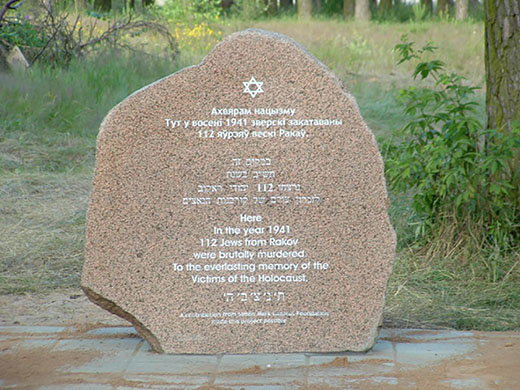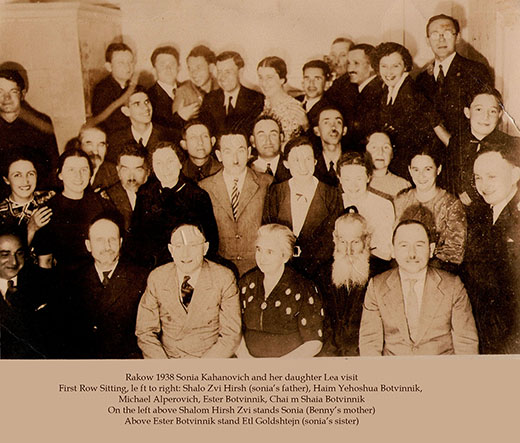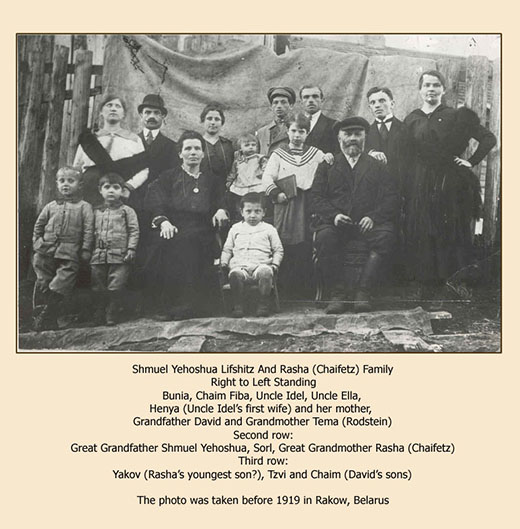HOLOCAUST
Testimony by Uri Finkel ,Translation by Sonia Kovitz
How could 500 Jewish families not have owned 5,000 s’forim? In the auto-da-fe of Jewish books were also burned two Jewish men and a Jewish woman, whom the facists and the police threw into the fire. Who they were, it is not possible to find out.
My wife Liba and I tried to look for Jewish books in the Jewish houses that remained, but we found nothing at all, only sheymes scattered in the courtyards. In a few Christian houses pages from the Talmud and other books had been glued to the walls.
Since there hadn’t been time to burn all the s’forim in one day, the burning continued on the second day. By then there were no longer any Jews present; they had already been transported to the ghetto: the four batei-medroshim [study/prayer houses] and the houses near the shulhoif [synagogue courtyard]. The houses of the ghetto were as follows: 1) Meirche Yude Henburg; 2) Ioisef Hendes; 3) Avrom Av; 4) Leyb Botvenik (Katzev); 5) Iozef Akonievich; 6) Chaim Nisn Kanter; 7) Beniamin Lekoshevich; 8) Tsvi Shlome Finkel; and 9) Anton Kasperovich.
To participate in the violence committed against the Jews, the Germans selected an active police force from the local non-Jewish population: Iozef Tsebulskii; Michail Grigorovich Melgoi, a former student from Danzig University; and Setski, a Pole.
We, Uri Finkel, {illegible second signature}, decided to write this pinkes [record] September 9, 1945, the first day of our visit to the shtetl Rakov.
____
As we approached Rakov, we did not recognize the shtetl. More then three-fourths of the shtetl had been consumed by fire. No more remained than the block on the shtetl’s outskirts, Vilner Street from a couple houses before Berl Shleyenke’s (Kantarevich) to the end, and 12 houses as far as Radershkevitser Street (R’ Sholem’s alley). The retreating fascists set fire to the shtetl as they withdrew.













